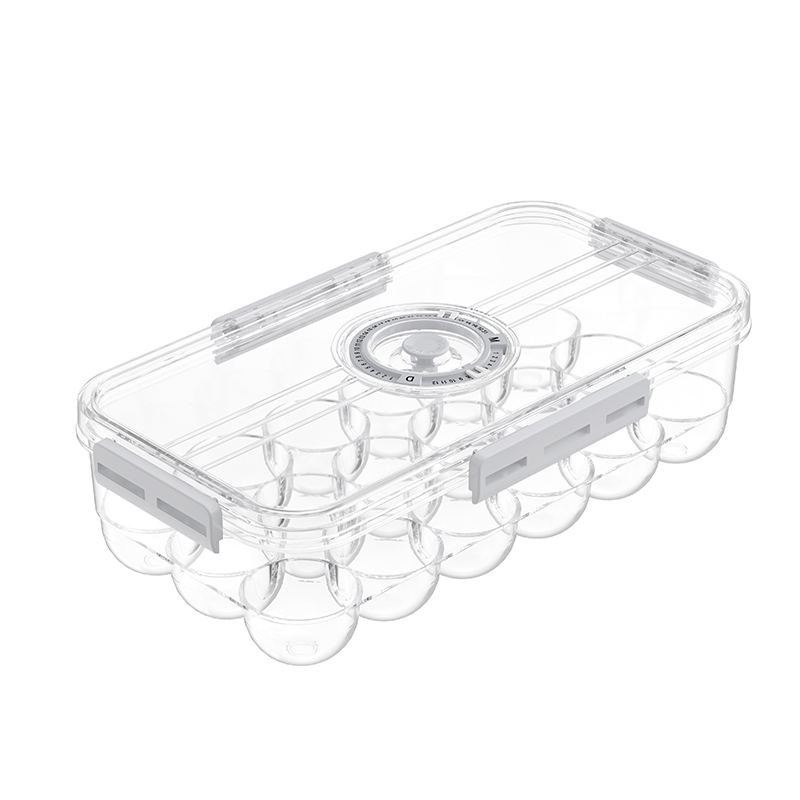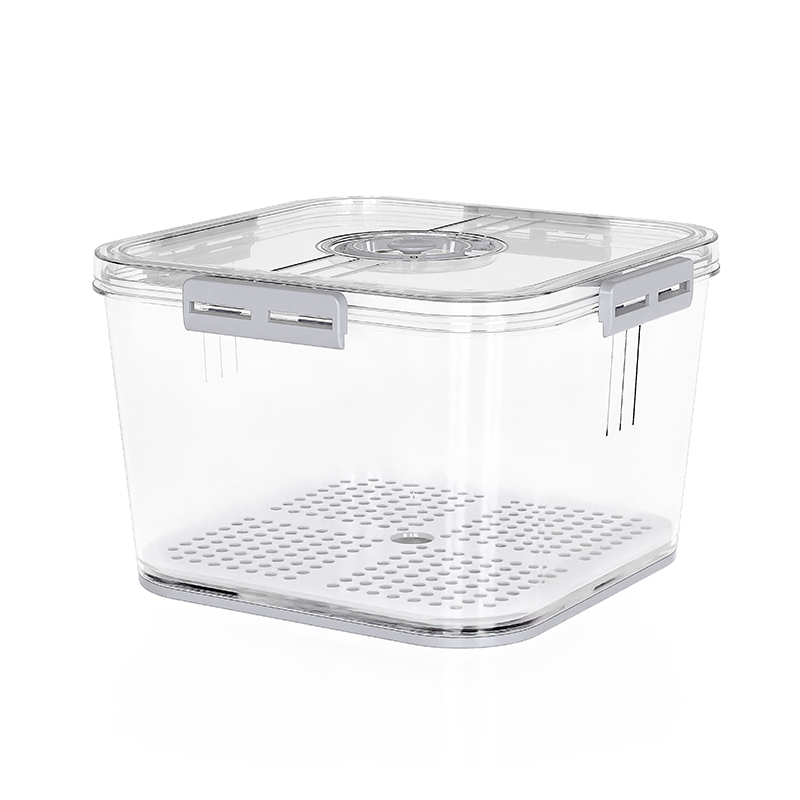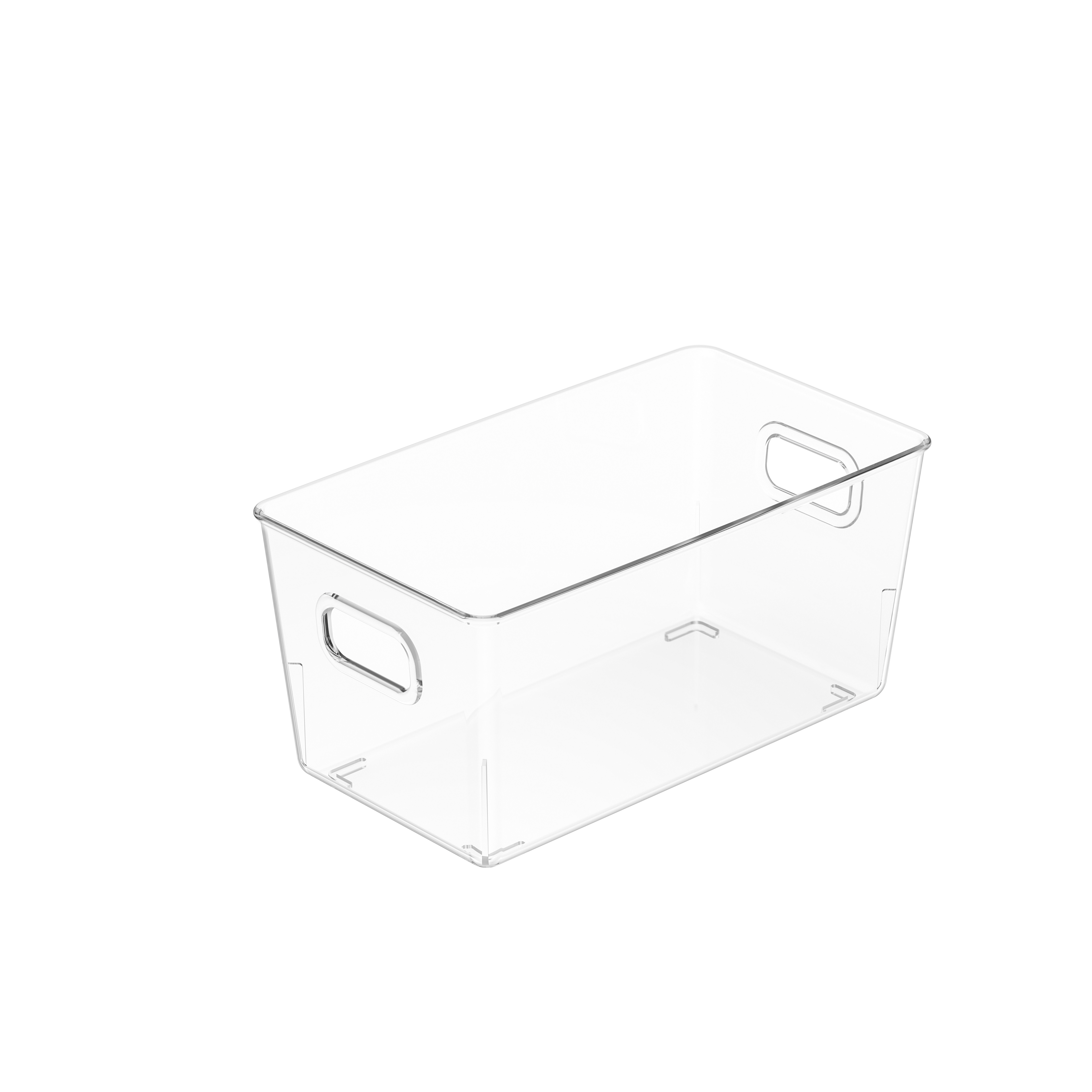Choosing the right size and shape of kitchen plastic storage containers is crucial for maximizing space, ensuring functionality, and keeping your kitchen organized.
Identify What You Need to Store: Start by evaluating what you plan to store in the containers—dry goods, leftovers, pantry items, baking ingredients, fruits, or even kitchen utensils. The size and shape of the container will depend on the type of food or items you want to store.
Pantry items: Pasta, flour, sugar, rice, and grains benefit from stackable, airtight containers.Leftovers: Smaller, microwave-safe containers are ideal.Produce: Items like berries or leafy greens require vented containers to preserve freshness.Consider Frequency of Use: Items you access regularly should be easy to reach and have containers that are appropriately sized for easy access.
Storage Capacity: Choose containers that fit the quantity of items you typically store. For instance:For small quantities of snacks or seasonings, smaller containers or jars may work best.For larger quantities like bulk pasta or flour, you may need larger, square or rectangular containers for efficient storage.
Maximize Cabinet, Shelf, or Drawer Space: Consider how much space you have in your kitchen. Measure your available storage areas to ensure the containers fit without crowding or wasting space. Stackable or modular containers can help optimize vertical space.
Tall containers may fit well on higher shelves.Wide containers might work better for low or deep drawers.Matching Container Sizes: Try to match the container sizes for consistency in your pantry, fridge, or drawers. This helps create a neat, organized look and makes it easier to stack or store items together.
Rectangular and Square Containers: These shapes are ideal for maximizing storage space, especially in cabinets or refrigerators. They often stack neatly, making them great for pantry organization.Rectangular containers are particularly useful for storing longer items like pasta or crackers.
Round Containers: These work well for items like sauces, jams, or leftovers that need to be accessed frequently. They may take up more space compared to square or rectangular containers but can be more convenient for liquids or items that don’t fit well in square containers.
Stackable Containers: For efficiency, choose containers that are designed to stack. These containers tend to have uniform shapes (square or rectangular) that make better use of vertical space, helping to avoid clutter.
Specialty Shapes: Some containers are specifically designed for certain food items. For example, tall, narrow containers are great for cereal boxes, while wide, shallow containers are better for organizing baking sheets or condiments.
Airtight Lids: If you’re storing dry goods like flour, sugar, or grains, airtight containers help preserve freshness by preventing air and moisture from getting in. These containers are often square or rectangular with locking mechanisms or snap-on lids.
Snap-Top or Screw-Top Lids: Containers with snap-on lids are often more secure for long-term storage, while screw-top lids are best for containers used for liquids or items you may need to pour from.
Vented Lids: If you’re storing produce like berries or leafy greens, opt for containers with vents or breathable lids that allow airflow. These containers are typically designed with perforated holes to keep produce fresh longer.
Material Choice: Most kitchen plastic containers are made from polypropylene (PP), polyethylene (PE), or polyethylene terephthalate (PET). Choose BPA-free, food-safe plastic for safety and durability. Some plastics are more resistant to staining and odors, so opt for high-quality plastic if you plan on storing strongly scented or oily foods.
Transparency: Clear plastic containers help you easily identify contents without opening them, saving time. If you prefer a more organized and aesthetic appearance, opt for frosted or opaque containers for a uniform look in your kitchen.
Home / News / Industry News / How do you choose the right size and shape of kitchen plastic storage organizations for your kitchen needs?














